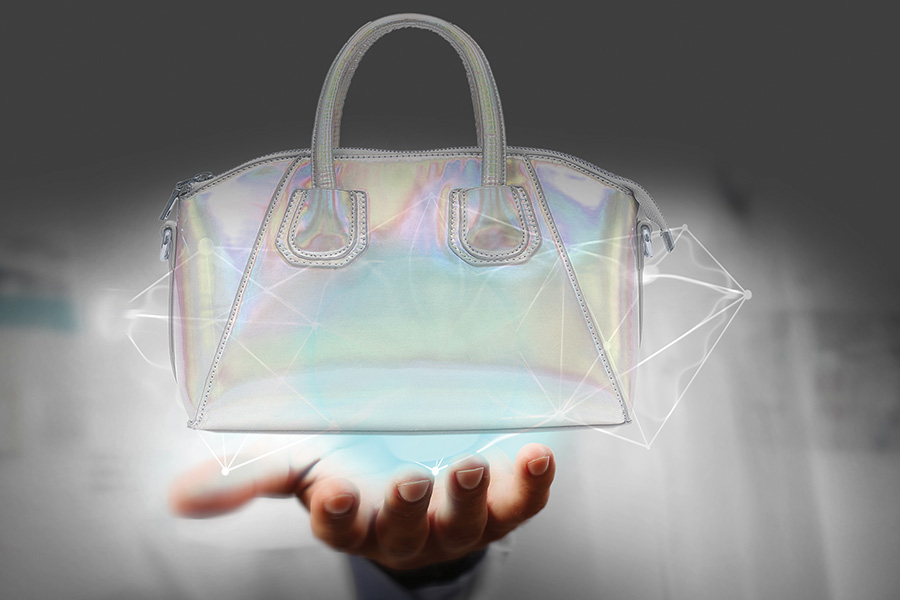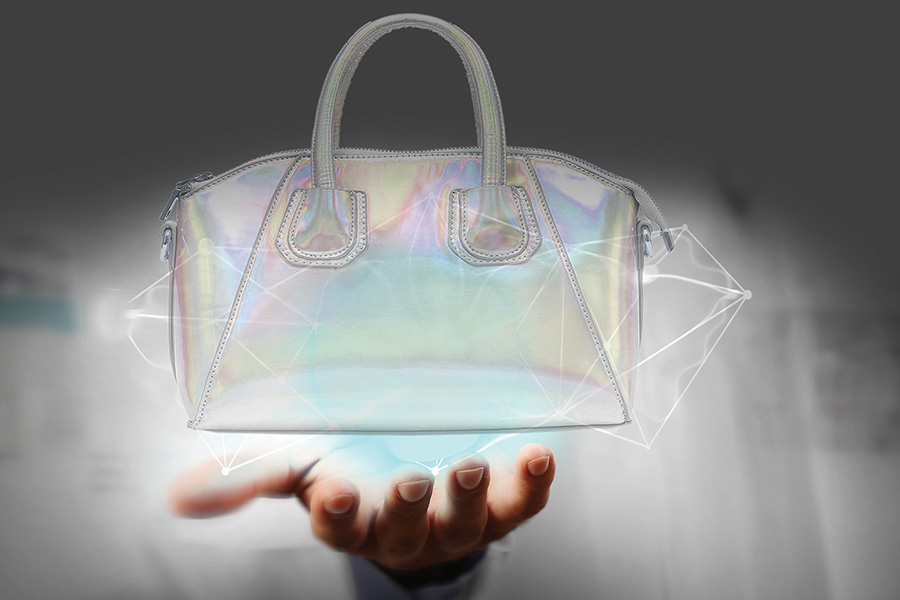Suppose you could produce a hologram image of a handbag in mid-air, reach out to it and turn it around to examine it whole! The technology, according to Harold Perks is almost already here. When it arrives, what effect will it have on our shops?
Virtual reality and augmented reality have limitless applications. They are common knowledge these days, and often used. But what if you could showcase your product in a manner different from both of these methods – one that has not been seen before? What is the next step?
Holograms are common enough in the worlds of James Bond, Batman and Captain Kirk, enough that we don’t question their possibilities. We see them pop up now and again, and even have the ability to generate holograms of our own from our smartphones, using acetate paper folded into a pyramid. However, these holograms have their limitations.
But what if you could actually touch them?
Imagine a hologram that is suspended in mid-air, with no need for large, cumbersome transparent screens. It’s sci-fi no more.
About three years ago, a group of Japanese scientists unlocked the ability to generate three-dimensional virtual objects that are suspended in air and can be manipulated by touch. That is an incredible feat in itself.
What’s extraordinary are the possible applications of communicating with three-dimensional objects in space using only the mediums of light and air. It would effectively create an entirely new communication tool.
So how does the technology work? I am no expert, but it has something to do with a femtosecond laser, pulsing light at more than one millionth of a billionth of a second. This generates a pulsated image, which in turn is observed by the human eye as a three-dimensional object suspended in mid-air. It is understood that the laser responds to hand gestures interrupting the projections – scientists can use these interruptions to manipulate the holographic display. Users will be able to adapt, rotate, modify or manipulate the projected object in real-time.
There are a few bugs to iron-out, relating to issues such as laser exposure, scalability and so on, but experts are confident that applications in research, health, education and architecture will be available within the next few years.
As an aside, alternative models of suspended holograms use laser-induced plasma technology, which is unsafe, but pretty spectacular. Its significant side-effects include exposure to static from the high-powered lasers that ionise air molecules to create plasma, which creates the array of blue light for the display. Think mini-thunder storms overhead – awesome, but impractical when compared to the femtosecond laser technology.
As an architect and interior designer, I am excited by the development of this hologram technology and can already visualise its application in design.
We are on the cusp of something new!
Given the speed of technological advancements in general, I cannot wait for the first commercially available prototypes.
My vision for touchable holograms comes to life when thinking about the size of shops. As we move forward in the evolving retail and consumer experience, there is an ever-increasing squeeze on retail area and rental productivity, as well as the downsizing of stores and the ability to back fill vacated spaces.
We may see smaller showrooms and more compact retail display trends with the effective adoption of this technology. Retail-applied tech that makes a significant impact – such as wearables, digital tailoring/fittings, augmented reality, virtual reality and autonomy, to mention a few – can be coupled with or even streamlined by the implementation of touchable holograms. If designers can communicate design effectively with this new communication tool, how much more impact can retailers gain in showcasing their product? It’s remarkable to think that displays could be even more interactive.
Current lighting technology is hitting a ceiling in regard to LED technology. Its next evolution, I believe, is in revolutionary programming and pushing the boundaries of emotion, ambience, projections or display. Lighting will always need a medium upon which to dazzle, dance and feature. Touchable holograms won’t. This means that displays can be anywhere! In the aisle, in the mall, in the changerooms, at the point of sale, above the stock, or a foot off the ground in the eye-line of little ones! It could be magical.
As designers, we can co-opt touchable hologram technology, as we did with virtual reality, to take a leap forward in enhancing the experience for our communities. Testing is underway, and scalability, technology and functionality must be thoroughly explored before we will see it for ourselves, but in the meantime, let your imagination fill the gap. And get ready for our next retail experience!



